
In today’s digital age, the art of taking the perfect selfie is a global pastime. However, when it comes to wildlife, this innocent-looking act can prove to have negative, sometimes deadly, consequences for both humans and animals alike. Let’s explore 10 noteworthy and compelling reasons to resist the temptation of taking selfies with wild animals.
1. Stress and Harm to Animals
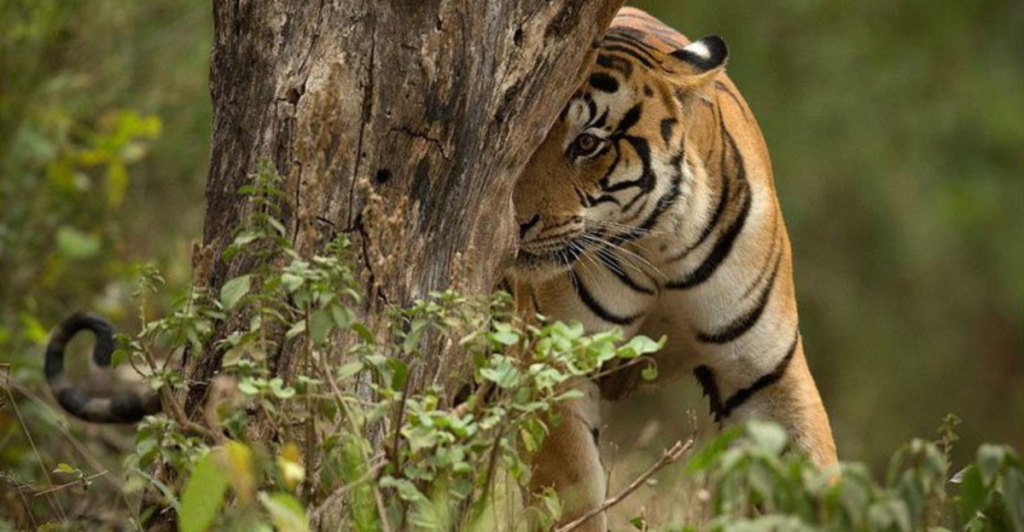
Wild animals are, by nature, not accustomed to human interaction; therefore, crowds of humans taking photos may result in extreme stress, and both animals and photographers might get seriously injured. For example, in 2017, travelers in Almeria, Spain, surrounded a baby dolphin for selfies and murdered the animal as a result of a cardiorespiratory arrest. Further, handling wild animals can cause psychological trauma, which affects their behavior and social structures.
2. Supporting Illegal Wildlife Trade
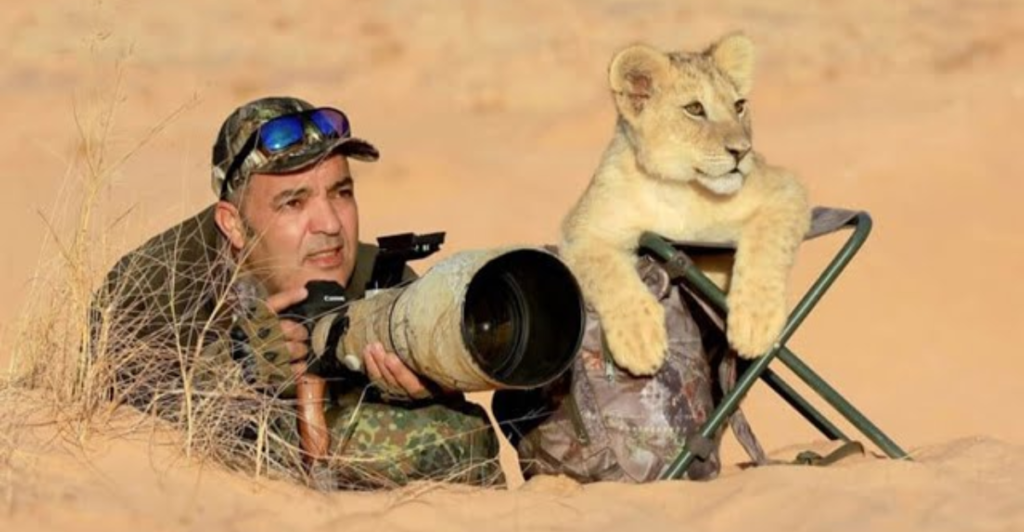
The majority of animals seen in selfies are illegally taken out of their natural habitats, typically when they are babies and after their mothers have been shot. Participation in wildlife selfies fuels this black market, promoting a cycle of cruelty and exploitation. Further, many wildlife selfies are a product of canned hunting, where animals are bred for the purpose of being hunted in controlled environments. Supporting these operations indirectly supports and promotes this practice.
3. Poor Animal Welfare Conditions
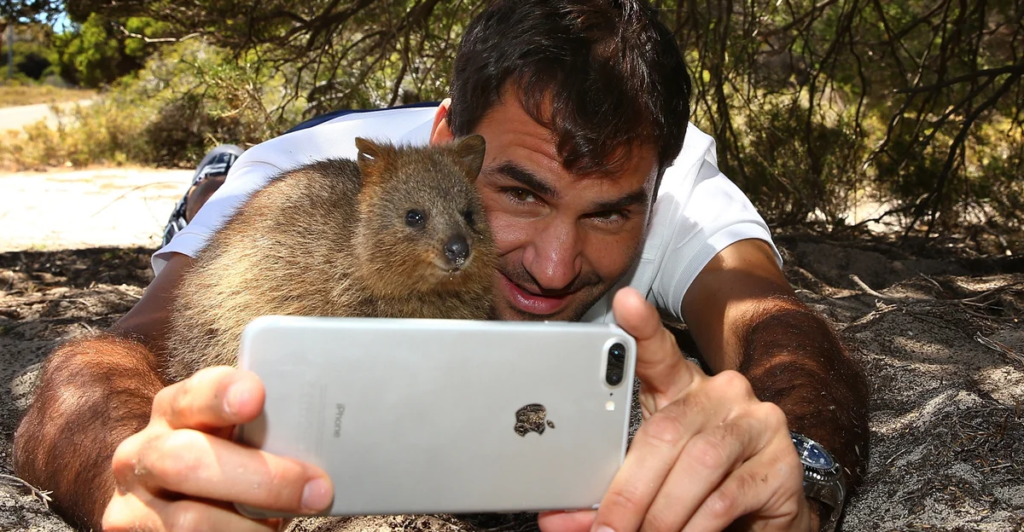
Often, wild animals are subjected to neglect and bad treatment. For example, in zoos and sanctuaries, investigations have revealed that are sloths are bound when there are no visitors, snakes are dehydrated, and big cats are kept in small, barren cages. By taking selfies, we directly support animal exploitation for the purpose of human entertainment, normalizing unethical practices.
4. Encouraging Illegal Pet Ownership and Poaching
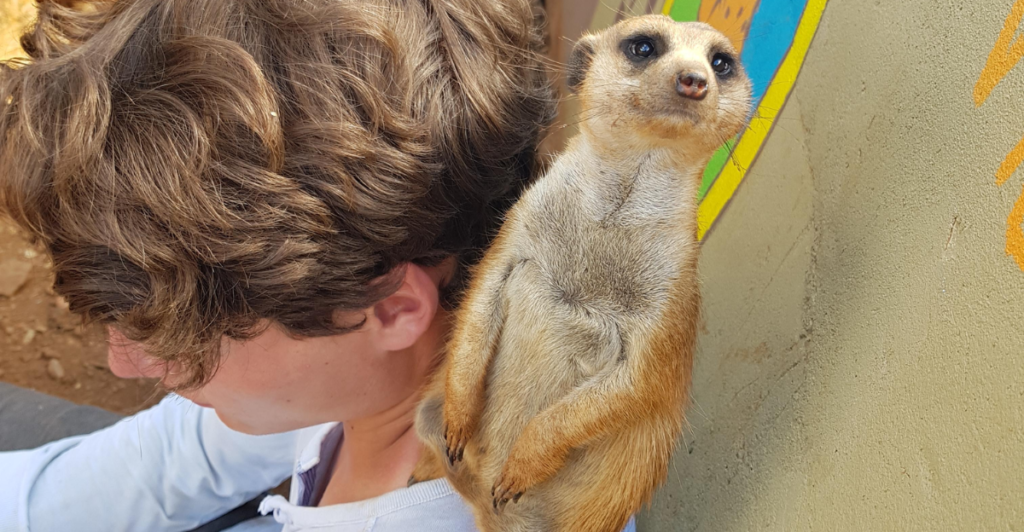
Sharing wildlife selfies unwittingly encourages others to desire exotic pets, increasing the demand for wild animals and driving the illegal animal trade. This poses serious dangers for animals and misinformed owners. Further, the demand for wildlife selfies can create economic incentives for poachers to capture more animals, contributing to the decline of species.
5. Interfering with Natural Behaviors
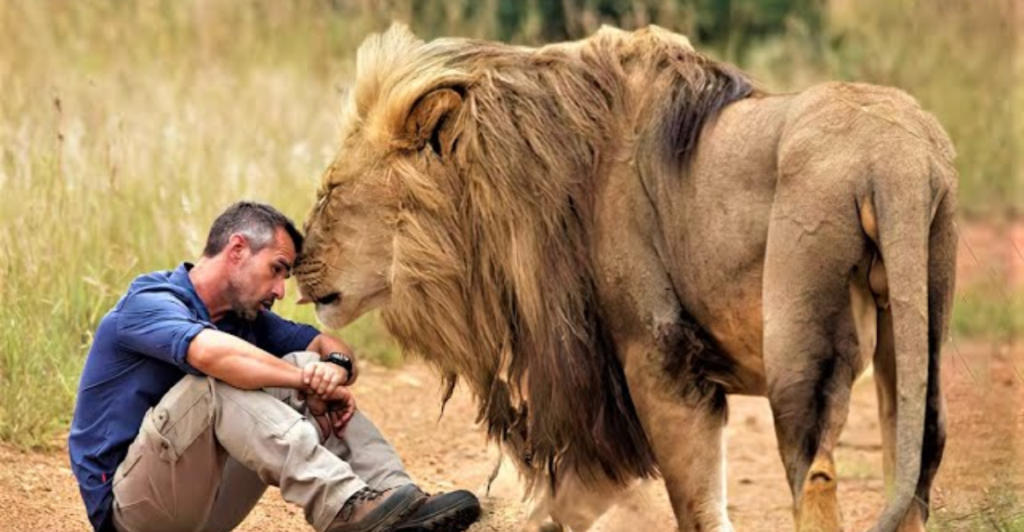
Social media platforms unintentionally normalize human-wildlife interactions, making touching or handling wild animals seem acceptable. However, this disturbance can disrupt natural animal behaviors, such as feeding, breeding, and caring for offspring. This can have long-lasting and detrimental impacts on wildlife populations. Further, removing animals from their habitats for the purpose of taking photos can disrupt local ecosystems, affecting the balance of predator and prey populations.
6. Risk of Physical Injury
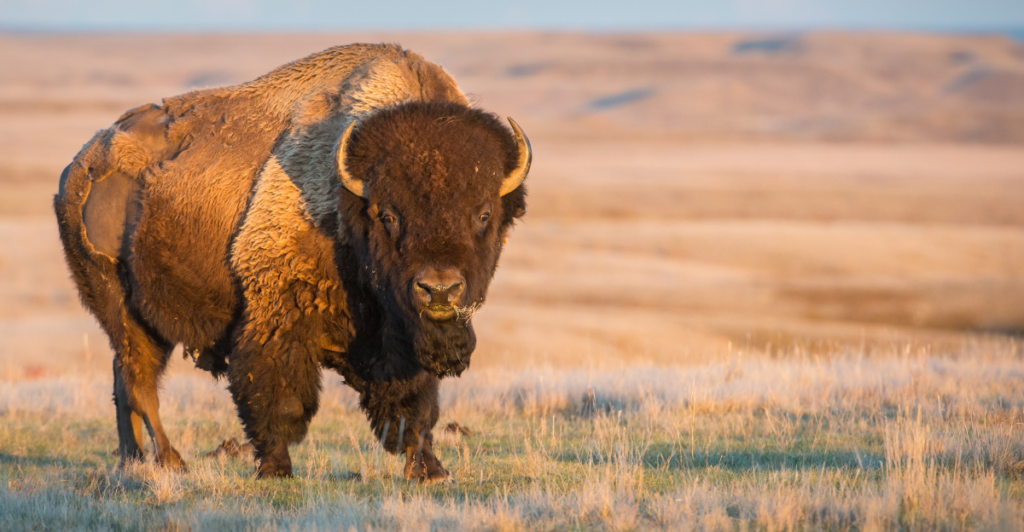
Wild animals are unpredictable, especially if they feel threatened. Therefore, “harmless” poses for selfies can result in perceived danger, resulting in a threat to human safety and security. For example, tourists attempting to take selfies with bison in Yellowstone National Park were hurt when the large animals got upset and began to charge.
7. Zoonotic Disease Transmission
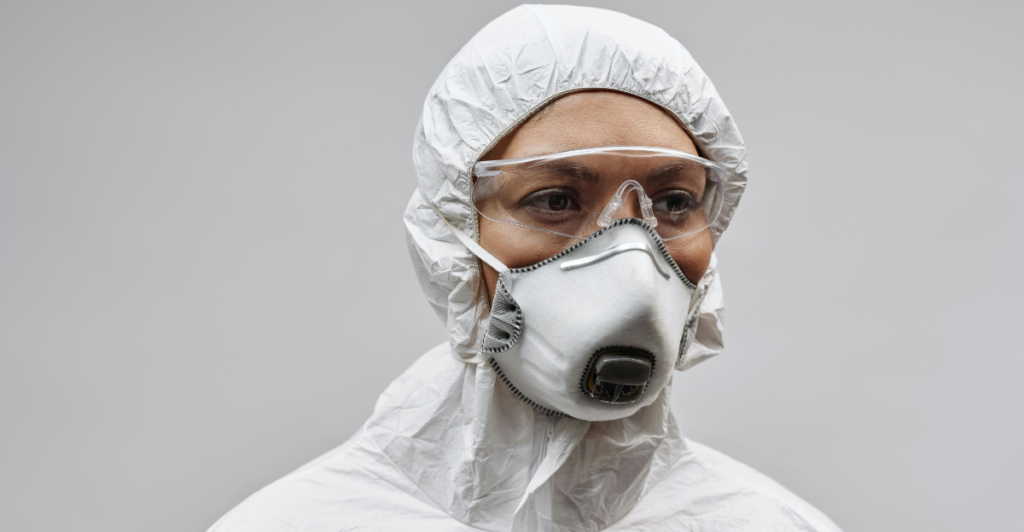
Many animals carry diseases and parasites that can be transferred via close contact. Therefore, posing closely with wild animals for selfies increases the risk of zoonotic diseases—diseases transmitted from animals to humans, which can vary on a scale from relatively harmless to lethal, posing significant public health concerns. For example, getting too close to a wild boar could result in the transmission of diseases such as leptospirosis and E. coli.
8. Deceptive Conservation Impressions
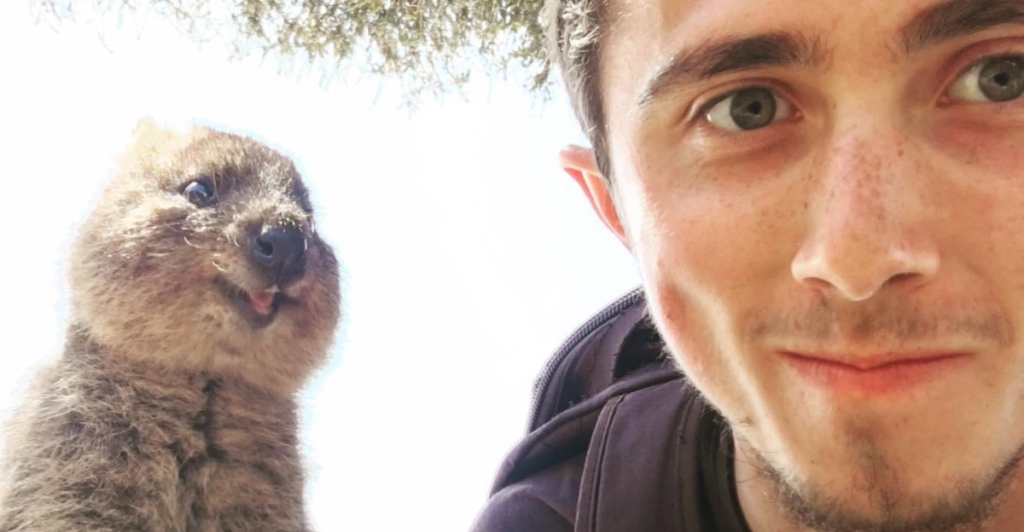
Social media often skews our perception of reality, and posing with wild animals for selfies is no exception. These types of photos can create the impression that the animals are thriving in any given environment when, in actual fact, they are being mistreated and exploited. Further, this perception can lower public support for conservation measures to protect threatened species as they distort public opinion of species’ conservation status.
9. Encouraging Responsible Tourism
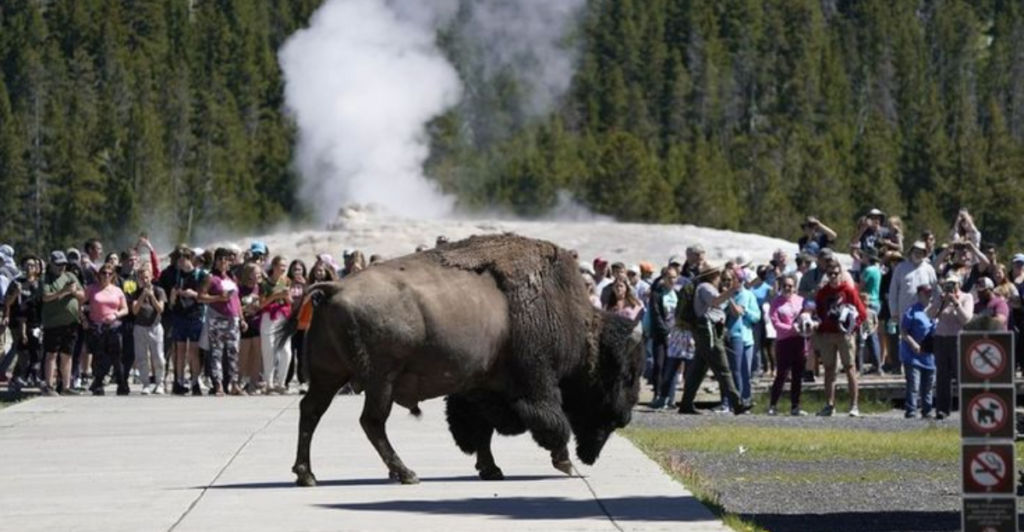
When it comes to tourism, visitors have the power to drive industry standards. By not taking wildlife selfies, tourists can discourage exploitative tourism practices and promote more empathetic and sustainable activities. Further, when scientists are seen taking selfies with wild animals, it undermines their own warnings about wildlife safety and handling, creating a mixed message for the public.
10. Legal and Ethical Implications
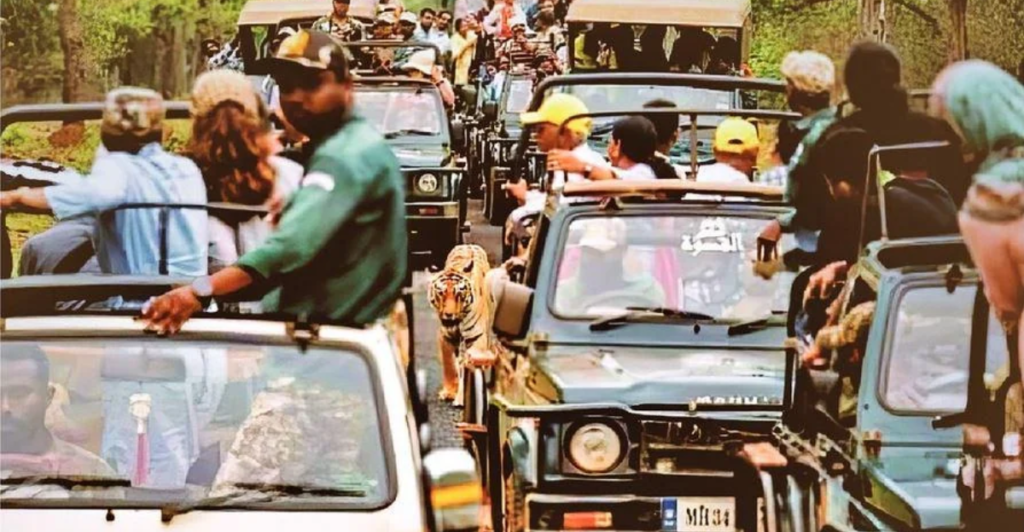
When taking photos of wildlife, there are legal and ethical considerations. For example, some tourist attractions have laws that protect wildlife from disturbance and harassment, where wildlife selfies can result in legal penalties, such as fines. These policies aim to foster respect for wildlife by encouraging distance in an effort to protect natural habitats and behaviors.
Historical Precedents

Historical examples, such as the extinction of the dodo’, show how human interaction and exploitation lead to species extinction. Wildlife selfies can be seen as an updated example of this catastrophic trend. These days, examples can be seen on social media where poachers boast about their hunting activities with “trophy” photos. These types of photos encourage public demand for similar experiences, putting wildlife at extreme risk.
Seeing With Our Eyes, Not Our Phones
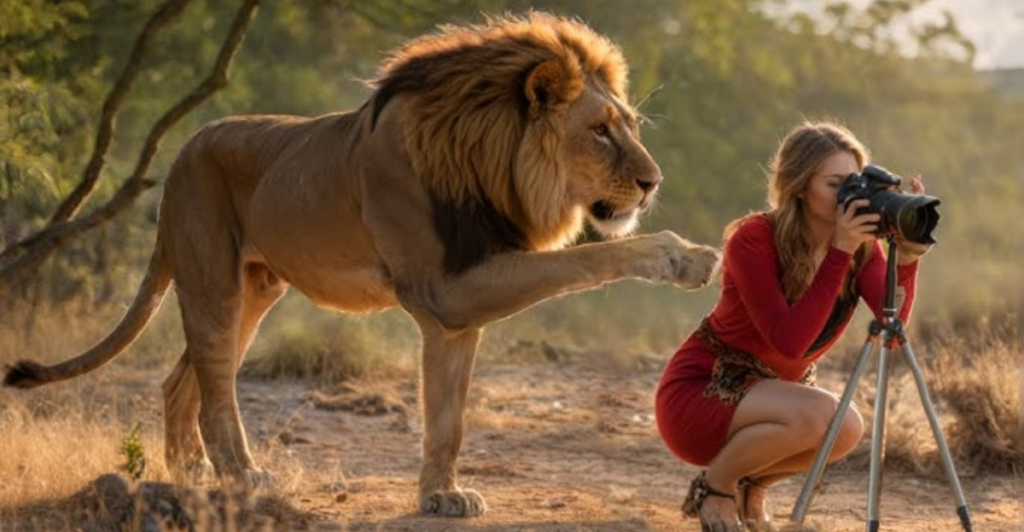
Taking selfies with wild animals may seem harmless, but it conceals complex ethical, environmental, and cultural concerns. Notwithstanding the risk of physical harm, the consequences of such interactions can influence public opinion about conservation, enabling illicit practices, such as canned hunting and illegal pet ownership. Therefore, by understanding the impact of wildlife selfies, we can make informed choices that respect and preserve nature for generations to come while still making fond memories when traveling.
Explore more of our trending stories and hit Follow to keep them coming to your feed!

Don’t miss out on more stories like this! Hit the Follow button at the top of this article to stay updated with the latest news. Share your thoughts in the comments—we’d love to hear from you!







